Zhonghua Gate, Nanjing - Billets, heures d'ouverture, emplacement et points forts


Zhonghua Gate (中华门), one of the thirteen gates of the Ming Dynasty city wall in Nanjing, was originally known as Jubao Gate. Located at the southern end of Zhonghua Road in Qinhuai District, Nanjing, it faces north and is the largest extant city gate in China. This magnificent gate is not only a remarkable example of ancient defensive architecture but also holds a significant place in the history of global city wall construction. It is the world’s best-preserved and most structurally complex large fortress, earning the moniker of “the world’s number one walled city.” Zhonghua Gate boasts a well-structured and unique layout, serving as invaluable physical evidence for the study of ancient Chinese military facilities. Whether from a military, historical, cultural, or urban development perspective, Zhonghua Gate occupies a prominent position.
Table des matières
- Informations de base
- Localisation et transport
- History of Zhonghua Gate
- Highlights of Zhonghua Gate
- Vlog about Zhonghua Gate
- Conseils utiles résumés à partir d'études
- Attractions Near Zhonghua Gate
Informations de base
| Durée estimée de la visite | 1 heure |
| Prix du billet | Daytime Tour: 50 RMB Nighttime Tour: 90 RMB |
| Heures d'ouverture | 8.30 – 20.30 |
| Numéro de téléphone | 0086-025-86625435 |
Localisation et transport
Situated on the northern bank of the Rivière Qinhuai, the Zhonghua Gate is part of the larger City Wall of Nanjing, Jiangsu Province. Specifically, it is at the cross of Zhonghua Road and DongganChang Alley (中华路与东干长巷). To get there, you can choose the following ways:
Bus : Take bus 2, 16, 38, 202, 302, 701, 703, 706, or D58, get off at Zhonghua Gate Castle Station (中华门城堡), and you will be standing right at the entrance.
Métro : The nearest metro station to the gate is Zhonghuamen (中华门) on line 1. After getting out of the station from exit 2, walk about 800 meters to the north to reach the gate.
History of Zhonghua Gate
The history of the Zhonghua Gate, also known as the Gate of China, spans over six centuries and is closely intertwined with the city of Nanjing’s rich past. From its construction during the Ming Dynasty to its preservation as a historical landmark, the gate has witnessed significant events and played a crucial role in the region’s history.
The construction of the Zhonghua Gate began in 1366 during the early Ming Dynasty under the orders of Emperor Zhu Yuanzhang, the founder of the Ming Dynasty and the first emperor. The gate was strategically positioned on the northern bank of the Qinhuai River as one of the main entrances to the ancient city walls of Nanjing. Its primary purpose was to serve as a formidable defensive structure, protecting the city from potential invasions.
The Zhonghua Gate was designed with a double-layered structure, which was a unique feature among the gates of the Nanjing city walls. The outer layer, known as the Wai Zhonghua Gate, was built to appear grand and intimidating, while the inner layer, called the Nei Zhonghua Gate, contained intricate passages, tunnels, and rooms for military purposes.
Throughout its history, the Zhonghua Gate underwent several renovations and repairs. One notable restoration occurred during the Qing Dynasty in the 19th century when it was reinforced with bricks and stones. The gate was further restored in the early 20th century under the Republic of China’s government.
The gate has witnessed significant historical events. During the Taiping Rebellion in the mid-19th century, the Zhonghua Gate played a crucial role in defending Nanjing from the rebel forces. It also witnessed the establishment of the Republic of China in 1912 when Sun Yat-sen was elected as the provisional president.
In recent times, the Zhonghua Gate has been preserved as a cultural heritage site and a symbol of Nanjing’s history. It has undergone extensive restoration to ensure its structural integrity and has become a popular tourist attraction. The gate offers visitors a chance to explore its interior, walk along the ancient city walls, and enjoy panoramic views of Nanjing.
Highlights of Zhonghua Gate
Majestic Architecture
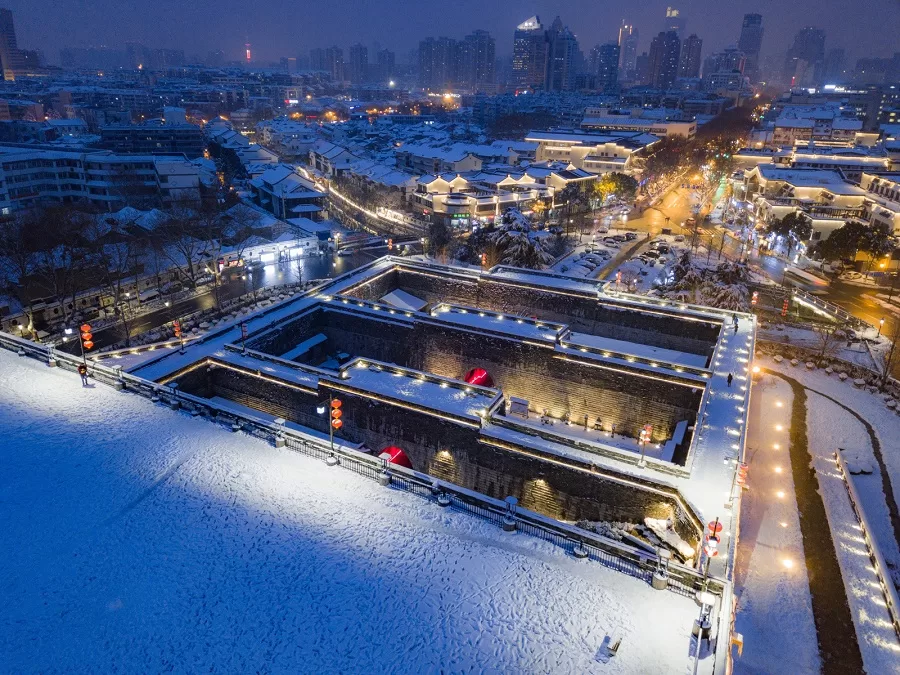
Zhonghua Gate spans 118.5 meters from east to west and 128 meters from north to south, covering an area of 15,168 square meters. Its scale is second only to Tongji Gate, which no longer exists. The gate complex consists of three inner walled cities and four gate towers, with a barbican structure between each pair of walls. The barbican has a “目” shape and features double-leaf iron gates and a drawbridge that can be raised and lowered to seal the main gate. Inside, there are slots for wooden beams to secure the doors. The main gate has three levels and twenty-seven hidden soldier chambers, capable of accommodating over three thousand soldiers.
Massiv Stone Blocks

Zhonghua Gate’s foundation is made of massive stone blocks, and the large bricks used for constructing the city walls are held together with a sturdy mixture of glutinous rice, lime, and tung oil. These bricks are approximately 40-50 centimeters long, 20 centimeters wide, and 10 centimeters thick, weighing around 15-20 kilograms each. The manufacturing of these bricks required great expertise, with 125 counties from four regions – Jingshi (the capital), garrisoned troops in Jingshi, and the central and lower reaches of the Yangtze River, including Hunan, Hubei, and Jiangxi -participating in their production. The bricks produced outside of Jingshi were fired and transported by water along the Yangtze River to ensure a steady supply of construction materials for the city wall.
Horse Paths

On either side of the inner walled cities, Zhonghua Gate features horse paths that are 11.5 meters wide and 86.1 meters long. These steep and spacious paths lead directly to the top of the main gate and serve as a quick route for transporting military supplies during times of war. High-ranking officers could also ride their horses directly to the top of the gate. The main gate tower of Zhonghua Gate, the auxiliary gate tower, and the connecting walls on both sides collectively form the core structure of the inner walled city.
Historical Signicance
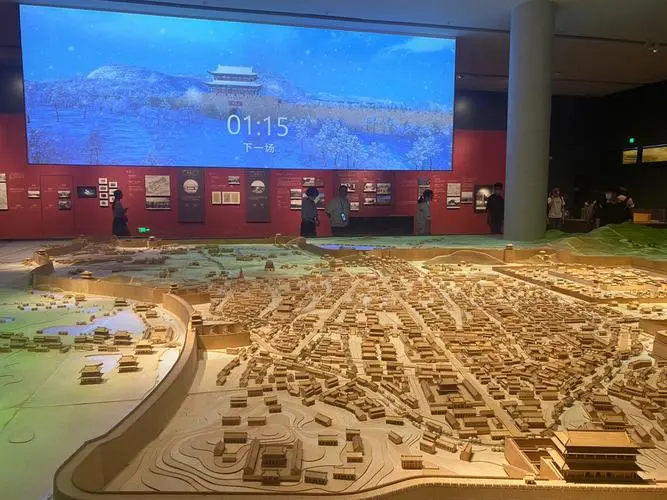
Zhonghua Gate stands as a testament to ancient Chinese engineering and craftsmanship, and its preservation provides valuable insights into the military and architectural prowess of the Ming Dynasty. As the largest existing city gate in China, it not only serves as a historical relic but also a symbol of the country’s rich heritage and the significance of city fortifications in preserving the nation’s history and culture. Visitors to Zhonghua Gate will find themselves transported back in time, immersed in the grandeur and legacy of ancient China’s defensive architecture.
Vlog about Zhonghua Gate
Conseils utiles résumés à partir d'études
Immersive Light Show: Consider a night tour of Zhonghua Gate to experience the immersive light art performance. Showtimes: First show at 18:00, second show at 19:00, and third show at 20:00 (Note: No performances on Tuesdays). Specific times may vary seasonally. The performances are described as impressive, with an excellently crafted stage.
Sunset Viewing: Check the sunset time on your phone in advance. Climb up the city gate about half an hour before sunset to witness the sunlight casting a warm glow on the city walls.
Scenic Views from the Wall: Once on top of the city wall, you can enjoy views of the Grand Bao’en Temple and the Qinhuai River. The juxtaposition of these two sights is particularly beautiful. After ascending the city wall, walk a bit to the left for the best viewing spot. The city wall here is relatively low, providing an unobstructed view.
Attractions Near Zhonghua Gate

Quartier historique de Laomendong - Un témoignage du passé dynamique de Nanjing
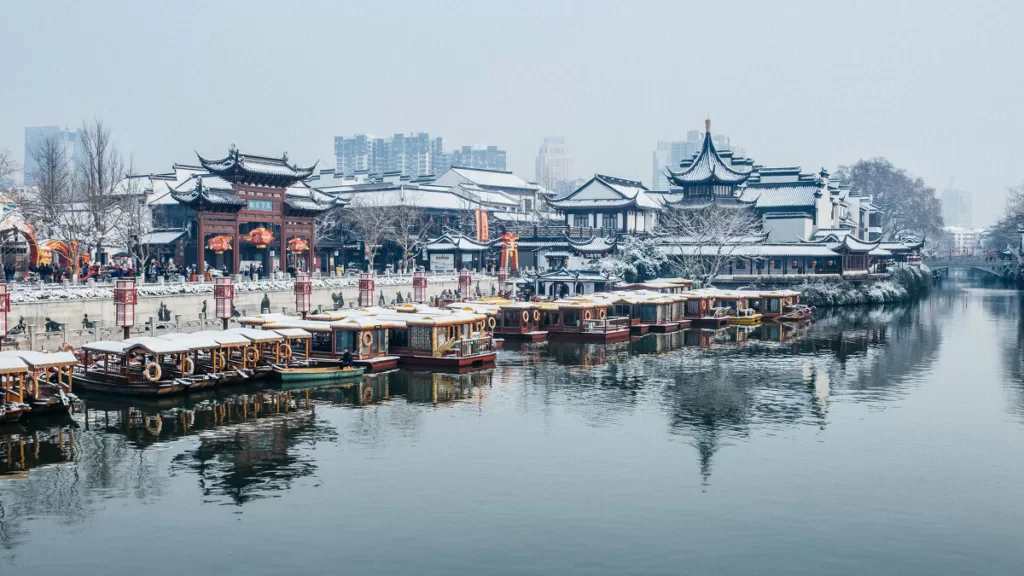
Temple de Confucius de Nanjing - L'un des quatre plus grands temples de Confucius en Chine

Jardin de Zhanyuan - Une retraite vieille de 600 ans
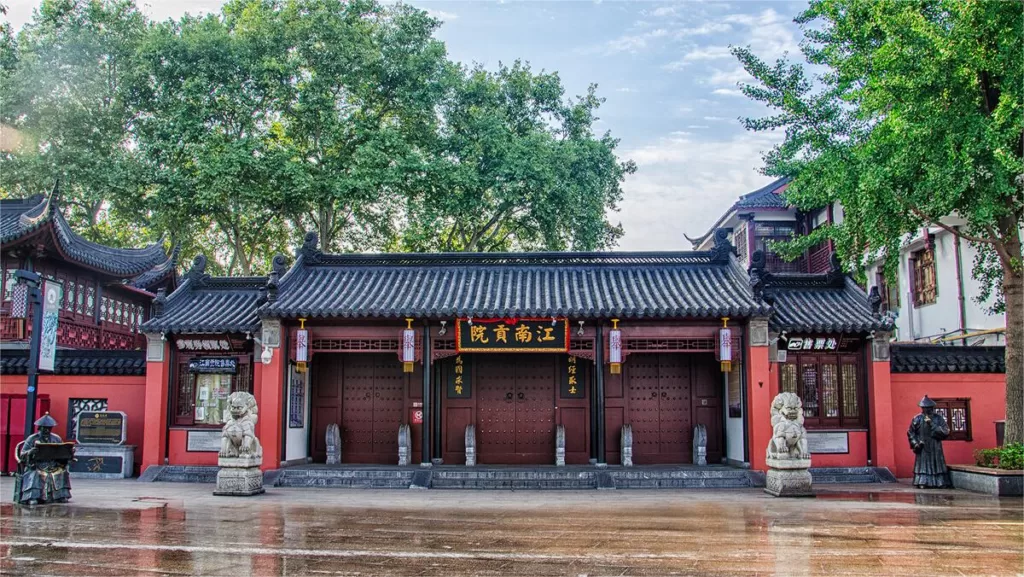
La salle d'examen de Jiangnan - Une institution clé du système d'examen impérial chinois
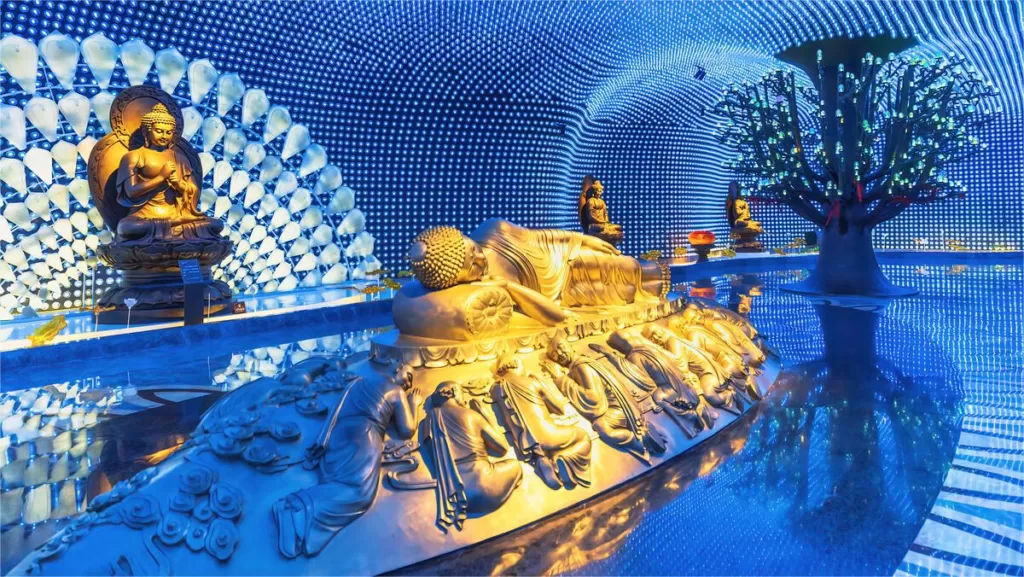
Temple de Bao'en - Construit au 4ème siècle
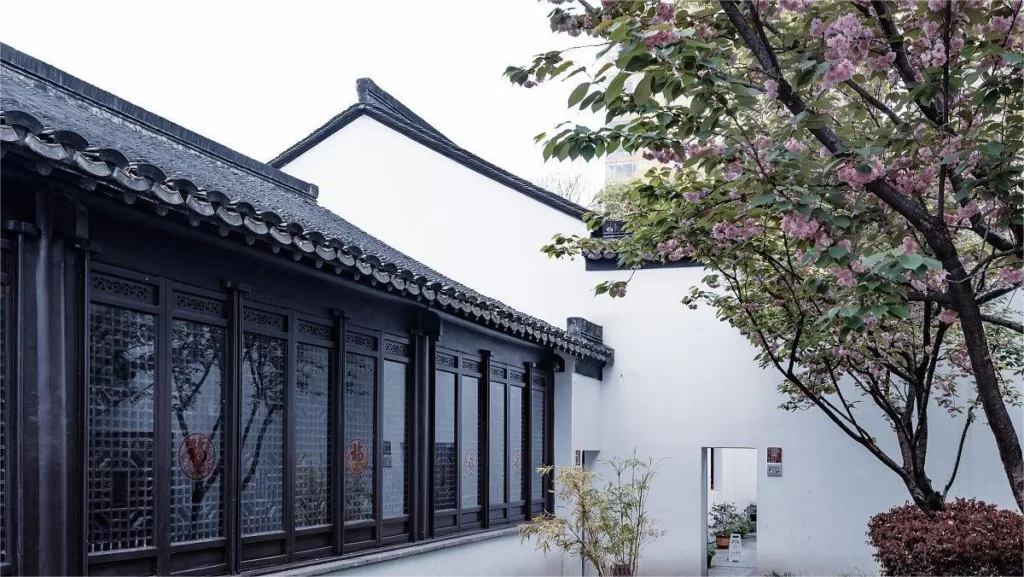
Ancienne résidence de Gan Xi - Un lieu chargé d'histoire

Tour de porcelaine de Nanjing - Une merveille architecturale

Musée impérial des examens - Un système qui a façonné la société chinoise
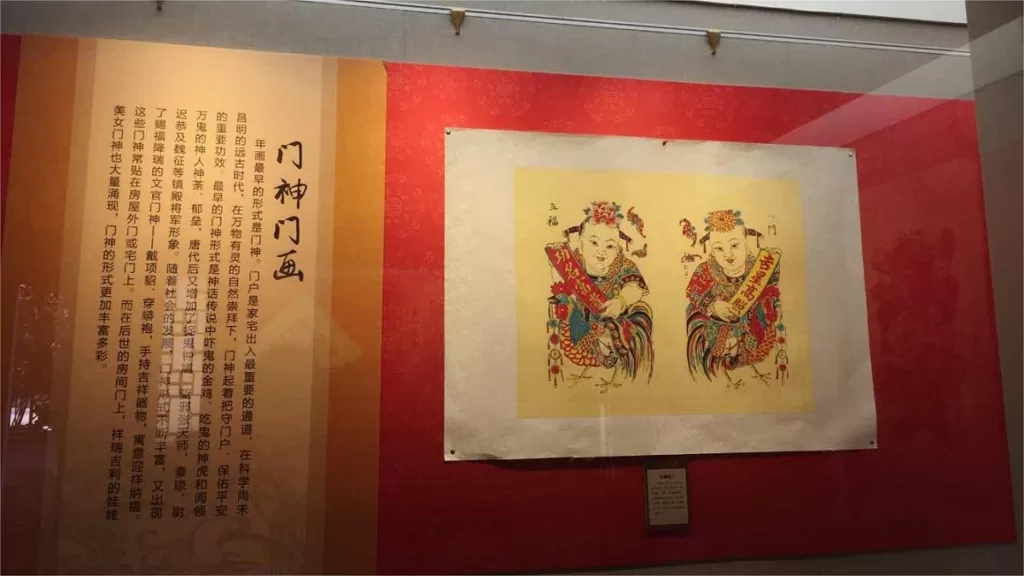
Musée folklorique de Nanjing - Un aperçu de la vie quotidienne de la population locale
Sites historiques du Jiangsu, Attractions de Nanjing